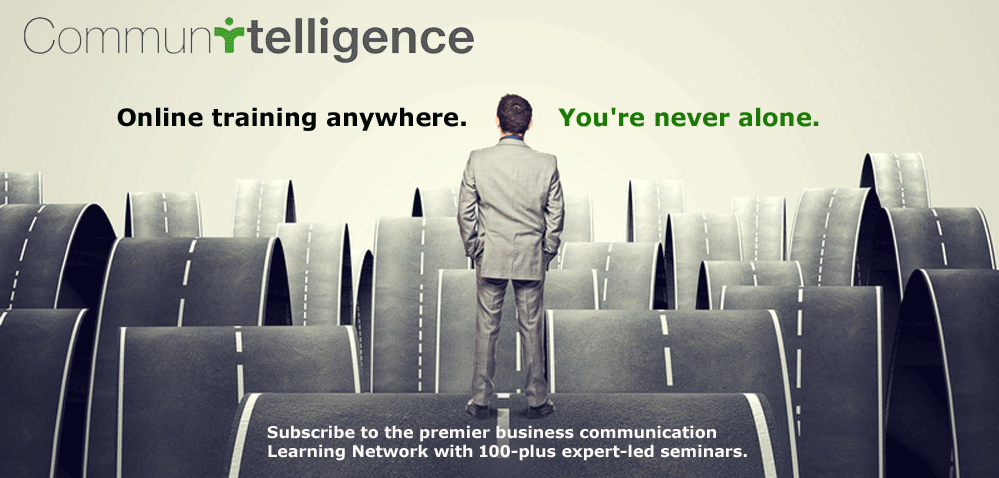Don’t believe the hype – there is no silver bullet for effective knowledge management.
Were you to believe the constant bombardment of sales brochures, pitches, presentations, articles and related ‘spin’ it would be easy to conclude that knowledge management (KM) is some form of technology – a combination of various hardware and software components. This is what the technology vendors would have corporate managers believe.
In truth, successful KM depends more on people and process than technology.
KM Defined
Based on common definitions that can vary slightly from one to the next, simply put, KM is how corporate knowledge – both tacit and explicit – is stored, retrieved and reused for achieving corporate objectives. Notice there is no direct reference to technology.
Effective knowledge management requires three key components:
- Participatory individuals – employees who are willing, able and active sharers of tacit knowledge.
- Process and rules – defined rules and standards (e.g. corporate taxonomy) for categorizing and storing information and knowledge.
- Technology – physical infrastructure including software that enables the above and allows for effective knowledge retrieval.
“To many organizations, implementing a knowledge management strategy can initially appear to be a daunting and overwhelming task,” writes Antony Satyadas, in “Growing with Knowledge Management” for Line 56. “Many questions must be addressed before users feel comfortable investing in a KM solution, including: Where do I begin? What technology do I need? How do I ensure the process is managed correctly? How do I measure the effectiveness of my knowledge management solution?”
Planning
Of course, any initiative needs a plan and defined goals and measurable expectations (outcomes) before any technologies should be evaluated, purchased or implemented. The priorities and expectations of internal managers, executives, and information workers need to be understood, documented and accounted and applied to best practices before any technology is considered. Once specific goals, standards, and roles are identified and documented, then technology and evaluation criteria can begin prior to solution evaluation and selection (see Pssst, wanna buy a CMS?).
Education and change management are also requisites to any KM plan. “It is important to remember that more than 50 percent of a KM solution is about change management and ensuring that your organization’s culture and behavior patterns are appropriately accounted for in the strategy,” says Satvadas, who carries the title of Knowledge Discovery Leader at Lotus.
Technology
I cannot count the number of times I’ve heard or read the phrase “effective knowledge management system.” I’ll bet you $1,000 that if you asked 10,000 communications, human resource or IT professionals you might find 10 or 20 that could accurately define “effective knowledge management system.”
The truth is there is no one technology or system. In fact, effective KM often requires multiple technologies working in tandem under a set of standards that could include one, many or all of the following:
- search engine
- corporate portal
- document management
- content management
- directory
- instant messaging
- personalization
- profiling
- e-learning
- web conferencing
- blog
- wiki
- etc.
After several months of planning and investigation, one client of mine (Prescient Digital Media), a major energy utility, selected a portal product that included a content management platform with personalization, discussion forums, search and other utilities to work hand-in-hand with a new document management solution to reduce the average time employees spent on searching for information (based on an employee study, the average time spent searching for information on the corporate information was 18-20 minutes per day per employee) to less than 10 minutes, and to reduce the maximum number of clicks to reaching retrieval online corporate information to three or less (95% of the time).
Measurable goals are requisite to any solid KM plan.
Return On Investment
Much to the potential joy of your CIO and CFO, the benefits of effective KM are indeed measurable in terms of dollars and cents. Measurable benefits (hard and soft) can include:
- Increased customer satisfaction (which directly correlates with sales revenue)
- Reduced IT help desk costs
- Reduced software maintenance costs
- Increased employee productivity (reduced searching time, etc.)
- Reduced meeting costs
- Reduced paper costs
- Reduced paper and software distribution costs
Halliburton is one of the world’s largest providers of products and services to the oil and gas industries and winner of the 2003 Extended Enterprise Innovator Award for developing an extensive collaborative portal that relies on integrated ERP functions to serve customers, suppliers and employees.
In its first year, the portal influenced $120 million in sales, according to customer surveys; improved corporate efficiencies to the tune of about $500,000 by enabling better access to technical documents; and led to reduced payment cycles. (Source: Beth Schultz, Network World, February 17, 2003)
Bottom Line
Effective KM requires a lot of work, intelligent thinking, rules and standards, advanced planning, and a supportive culture (including supportive executives) not too the appropriate tools and technology. There is no silver bullet. The bullet is made of wood and requires a lot of carving, moulding, care and hard work before it can be fired with a successful hit.










